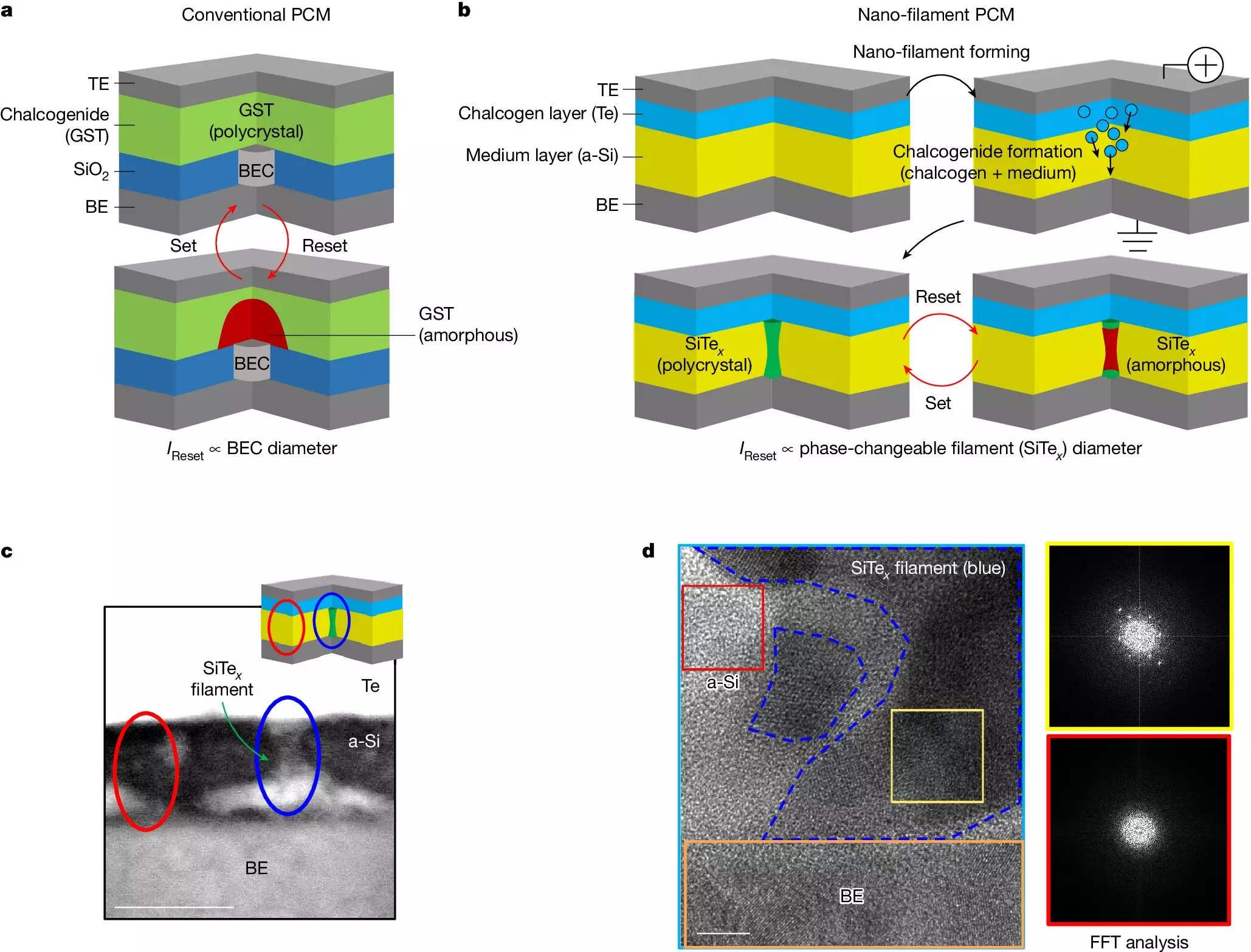In recent years, the field of memory technology has seen remarkable advancements, with researchers constantly striving to develop more efficient and cost-effective solutions. A team of Korean researchers has made a significant breakthrough in this area by developing a new memory device that promises to revolutionize the existing memory landscape.
The Problem with Existing Memory Devices
Existing memory technologies such as DRAM and NAND flash memory have their own set of limitations. While DRAM is known for its speed, it is volatile and loses data when the power is turned off. On the other hand, NAND flash memory, although non-volatile, has relatively slower read/write speeds. This creates a need for a memory device that combines the best of both worlds – high speed and non-volatile characteristics.
Professor Shinhyun Choi’s research team at the KAIST School of Electrical Engineering has developed a next-generation phase change memory device that addresses the shortcomings of existing memory technologies. This new memory device features ultra-low-power consumption, making it a promising candidate to replace traditional memory solutions. By electrically forming a very small nanometer-scale phase changeable filament, the research team was able to create a memory device with significantly lower power consumption and production costs.
The Advantages of Phase Change Memory
Phase change memory offers a unique combination of high speed and non-volatile characteristics, making it a highly sought-after technology for next-generation artificial intelligence hardware. With the ability to replace existing memory solutions and enable ultra-low-power operation, phase change memory is poised to revolutionize the way we think about memory devices.
With the development of ultra-low-power phase change memory, researchers are paving the way for more efficient and cost-effective memory solutions. Professor Shinhyun Choi’s innovative approach to memory device fabrication has the potential to reshape the memory technology landscape, offering a novel solution to the challenges faced by traditional memory devices. As we look towards the future, the advancements in memory technology are sure to play a critical role in shaping the next generation of artificial intelligence hardware.


Leave a Reply